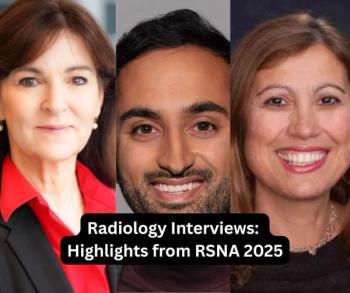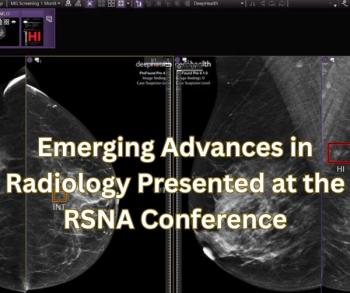
Philips gets FDA OK to market advanced gamma camera
Philips Medical Systems gained 510(k) clearance in August to market a nuclear medicine camera that promises to overshadow the company’s high-performance Forte gamma camera. Philips declined to be interviewed about the new system, but the FDA document provides a detailed description.
Philips Medical Systems gained 510(k) clearance in August to market a nuclear medicine camera that promises to overshadow the company's high-performance Forte gamma camera. Philips declined to be interviewed about the new system, but the FDA document provides a detailed description.
The dual-detector Apollo System is designed to allow acquisition of a broad range of imaging studies, using one or both detectors. Caudal/cephalic imaging will allow rotational tilt motion of plus or minus 15° for at least one of the detectors. MegaBody mode imaging permits independent variable height positioning of the detectors, including caudal/cephalic angulations.
The basic functionality of the detectors will remain the same as that in the Forte system, according to the document Philips filed with the FDA, but the Apollo camera can provide a better view of the heart and brain with improved image quality. This will be due partly to a larger field-of-view, 15.5 x 21 inches versus Forte's 15 x 20 inches, made possible by the use of square-cornered detectors, according to the FDA document
The use of a 3/4-inch crystal in lieu of a 5/8-inch crystal will support applications requiring higher energy isotopes. The thicker crystal improves system sensitivity, as will the second type of low-energy high-resolution collimator in the Apollo system. Higher system sensitivity will improve image quality and may reduce acquisition time or the dosage of radiopharmaceutical, according to the document.
The central high-sensitivity-region collimator, a variation of the collimator used in the Forte, provides long-bore collimation. The automatic body contour mode with BodyGuard is an addition to the current manual mapping feature available on the Forte system, essentially a refinement of the noncircular SPECT and learn-mode used in Philips' currently available gamma camera.
The nine-axis gantry frame provides additional gantry motions beyond those typically available to further improve image quality. The large bore (38-inch diameter) accommodates very large patients. The cart-based collimator exchanger uses a semi-automatic approach to simultaneously change collimators.
Newsletter
Stay at the forefront of radiology with the Diagnostic Imaging newsletter, delivering the latest news, clinical insights, and imaging advancements for today’s radiologists.




























